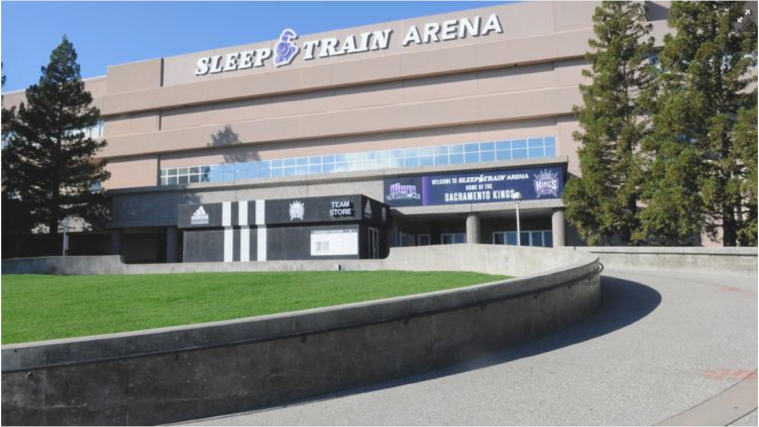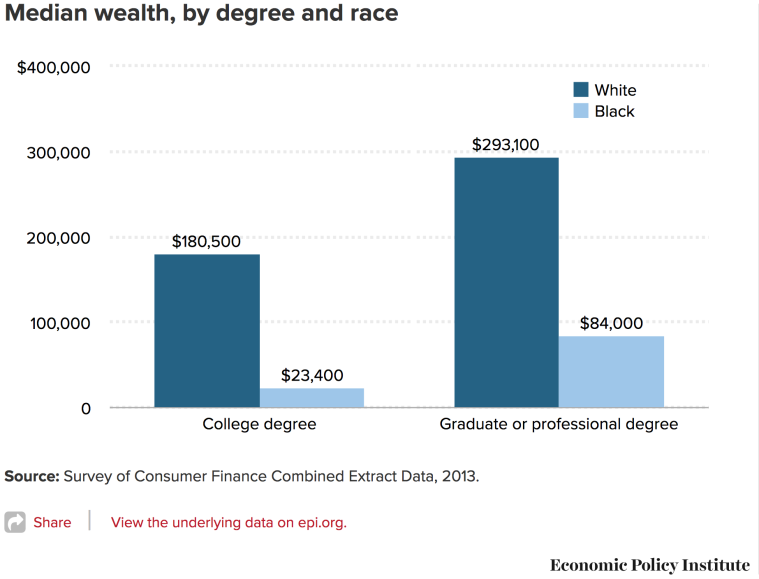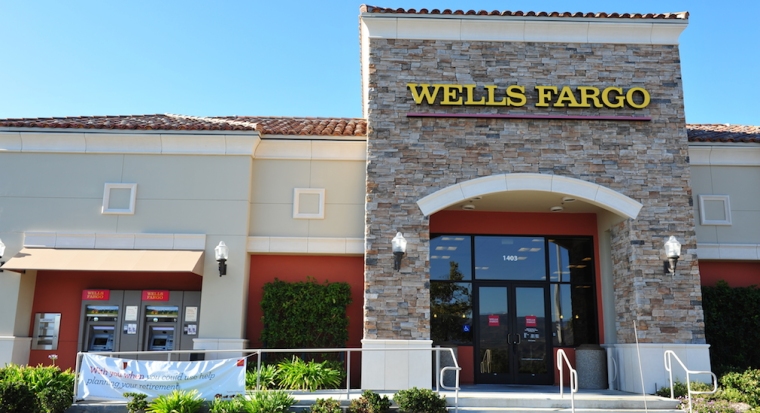 Over the last few months, Ginnie Mae and the Department of Veterans Affairs began looking into a segment of mortgage lenders that were aggressively targeting servicemembers and military veterans for quick and potentially risky refinances of their mortgages.
Over the last few months, Ginnie Mae and the Department of Veterans Affairs began looking into a segment of mortgage lenders that were aggressively targeting servicemembers and military veterans for quick and potentially risky refinances of their mortgages.
It started with an investigation into “loan churning,” the practice of convincing an existing borrower to refinance their mortgage. Then, Ginnie Mae and the VA launched a task force to determine what steps to take to address the issue, and finally, Ginnie Mae increased its oversight over VA refinances.
But a bipartisan group of senators think both the VA and Ginnie Mae need more legal authority to stamp out the problem entirely.
Earlier this week, a group of 12 senators from both parties, led by Sens. Thom Tillis, R-North Carolina, and Elizabeth Warren, D-Mass., introduced the “Protecting Veterans from Predatory Lending Act of 2018.”
The bill would require lenders to demonstrate a “material benefit” to consumers when refinancing their mortgage.
According to the senators, a “small number” of lenders are “abusing” the VA program by “utilizing misleading advertising tactics” to convince VA borrowers to quickly refinance their mortgages.
Per details provided by Tillis’ office from April 2016 through August 2017, there were more than 1 million VA home loans originated, with nearly half of those being refinances.
According to Tillis’ office, the “vast majority” of those refinanced loans were originated by “good actors,” but more than 40,000 of those loans “may have been subjected to abusive lending practices.”
The bill would bring more protections for veterans to prevent “predatory” lenders targeting them for refinances.
The Protecting Veterans from Predatory Lending Act would establishing the following requirements:
- A lender may only submit a refinance loan for VA insurance if it certifies that all fees associated with the refinance would be recouped through lower monthly payments within three years
- A lender may only receive VA insurance for a refinance loan if the refinance loan has a fixed rate 50 basis points lower than the earlier fixed-rate loan (or 200 basis points lower if the new refinanced loan is an adjustable rate mortgage)
- A lender may only receive VA insurance or get a Ginnie Mae guarantee for a refinance loan if the refinance comes more than six months after the initial loan
The bill also stipulates that Ginnie Mae should provide Congress with a report in one year on liquidity of the Ginnie Mae security.
According to the senators, one side effect of these “predatory refinance practices is that they undermine the value of the Ginnie Mae security, thereby raising costs for every veteran receiving a VA mortgage.”
Ginnie Mae’s report would allow Congress to determine if the bill is having the desired effect on Ginnie Mae securities.
The bill also requires the VA to issue an annual report on refinance practices in the VA program, including the marketing of VA refinance products.
This annual report would allow Congress to more closely monitor developments in this area and determine whether additional improvements are needed, the senators said.
“The VA home loan program was designed to give veterans and servicemembers the opportunity to become homeowners as they raise their families and it has proven to be a great success,” Tillis said.
“Unfortunately, a few bad actors are taking advantage of the program as home lenders have begun targeting veterans and servicemembers to generate profit and fees at their expense, often leading to higher loan amounts and putting families in a worse financial position than they started off,” Tillis added.
“Our men and women in uniform deserve better, and I am proud to partner with Senator Warren on this bipartisan legislation that will end these predatory home lending practices,” Tillis concluded. “I hope Congress will consider this bill quickly so we can protect those who have sacrificed so much to protect us.”
The bill is also sponsored by Sens. Dean Heller, R-Nevada; Jon Tester, D-Montana; Shelley Moore Capito, R-West Virginia; Joe Manchin, D-West Virginia; Richard Burr, R-North Carolina; Brian Schatz, D-Hawaii; Dan Sullivan, R-Alaska; Chris Van Hollen, D-Maryland; Tim Scott, R-South Carolina; and Joe Donnelly, D-Indiana.
“The government shouldn’t be backing lenders who exploit veterans just to line their own pockets. All three of my brothers served in the military and I understand the incredible sacrifices made by those who fight for our country – they deserve better,” Warren said. “I’m glad to work with Senator Tillis to crack down on lenders engaging in predatory practices that hurt veterans, their families, and American taxpayers.”
Each of the other 10 senators also released statements about the bill. Here is each senator’s statement in full:
“The VA home loan program has assisted countless military veterans, including those in Nevada, in their pursuit to become homeowners. Recently we’ve learned some lenders are taking advantage of this important program and using veterans in order to earn a quick profit,” said Heller. “I’m proud to cosponsor this bipartisan bill to help protect veterans from predatory lenders. It is my hope that Congress will send a strong message to these bad actors by swiftly approving our bill, and I look forward to working with my colleagues on both sides of the aisle to do just that.”
“This bill cracks down on predatory practices and protects veterans,” said Tester, ranking member of the Senate Veterans’ Affairs Committee. “I’m pleased to join this bipartisan group of senators who are sending a clear message that we will not stand by while bad actors attempt to take advantage of veterans. This bill does right by those who have served and I look forward to a timely debate on this issue.”
“We owe a lot to our veterans and should be doing everything we can to ensure those who have selflessly served our country receive the support they need. That includes protection from those who are looking to take advantage of them,” said Capito. “This bipartisan legislation will help put an end to predatory home lending practices that threaten our veterans’ financial stability and provide important home loan protections they deserve.”
“Our nation’s veterans and their families have made unimaginable sacrifices to ensure we are able to enjoy the freedoms that we take so much pride in. It is disgraceful that a handful of predatory home lenders are exploiting our nation’s finest to make a profit. I’m proud to join a bipartisan group of senators to prevent this abuse and better ensure our veterans the opportunity to own a home,” said Manchin.
“The VA home loan program has assisted over 18 million veterans become homeowners since its inception in 1944,” said Burr. “It’s an important benefit that our servicemembers have earned. While the program itself is largely successful, there remain unacceptable cases of predatory lending taking advantage of veterans across the nation. This bill will help prevent such abuses and ensure that those who have served our nation are further protected from misleading loan practices.”
“Lenders should not be allowed to pressure or exploit veterans into needlessly refinancing their homes just to make a profit,” said Schatz. “Our bill keeps mortgage lenders honest and protects both veterans and taxpayers.”
“Ensuring our nation’s men and women in uniform are supported – not taken advantage of – when they transition back to civilian life is absolutely key in our duty and responsibility to our veterans,” said Sullivan. “As a proud member of the Senate Veterans’ Affairs Committee, I am pleased to join this important and bipartisan cause that will push back against predatory home lenders targeting our nation’s veterans.”
“Our nation’s veterans sacrifice so much for our country – we must do everything we can to support them when they come home,” said Van Hollen. “That’s why we must ensure these men and women are not taken advantage of by unethical business practices used to turn a profit by any means necessary. The Protecting Veterans from Predatory Lending Act will safeguard veterans and their families from those who would seek to defraud them. I’m proud to support this legislation and urge my colleagues to move forward on this issue immediately.”
“Our service members do so much for us and it should be our responsibility to look out for their well-being whenever possible,” said Scott. “It is simply unconscionable that there are people out there who are willing to take advantage of our men and women who served in uniform for their own financial gains. Many see home ownership as a central component of the American dream, and incentives like the VA loan program afford our veterans the unique opportunity to reach that sought after goal. Any attempt to tarnish this initiative should be aggressively struck down, and I am glad to join this bipartisan group who have decided to stand up on behalf of our veterans – it is what they have both earned and deserve.”
“This common sense legislation would ensure that servicemembers and veterans can continue to obtain affordable mortgages, while putting a stop to a predatory lending practice targeting those who have served our country,” said Donnelly. “I am proud to support this bill led by Senators Tillis and Warren.”
Source: housingwire.com



 SacBizJournal
SacBizJournal


 Over the last few months, Ginnie Mae and the Department of Veterans Affairs began looking into a segment of mortgage lenders that were aggressively targeting servicemembers and military veterans for quick and potentially risky refinances of their mortgages.
Over the last few months, Ginnie Mae and the Department of Veterans Affairs began looking into a segment of mortgage lenders that were aggressively targeting servicemembers and military veterans for quick and potentially risky refinances of their mortgages.


